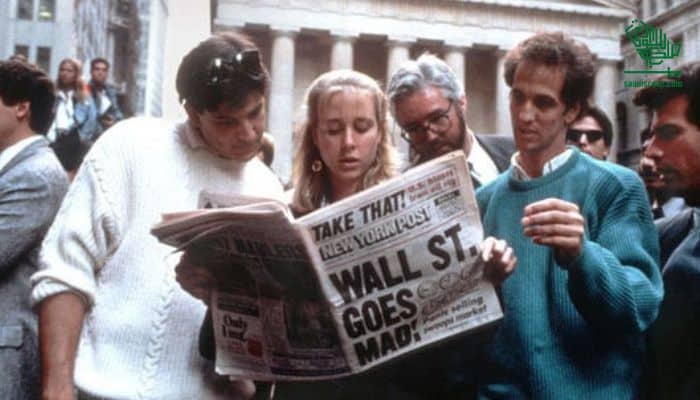* The New York Times, Tuesday October 20 1987*
On October 19, 1987, the Dow Jones Industrial Average plummeted 22.6%, marking Black Monday. The record-breaking single-day drop left investors reeling, shaking the financial world to its core.
Lingering uncertainty and panic were felt across the globe for years after the catastrophic event. The ramifications were far-reaching and incomprehensible.
What caused Black Monday?
The red flags and the ignorance
The market boost before Black Monday is still a popular subject for economists due to its unusual occurrence. However, this rise was supported by a lack of economic growth, computerized trading, and global imbalances. Many claim this was caused by a range of problems.
After years of a bullish stock market, investors became concerned about the continuous rise in stock prices.
The crash itself
A series of unfortunate events exacerbated the situation on the day of the crash. Traders struggled to grasp the concept of program trading. It was a new system that employed computer algorithms to carry out trades automatically.
During a significant sell-off, the market was known to spiral out of control due to program trading, causing an amplification effect.
The Aftermath of Black Monday
Following the mammoth decline on Black Monday, it caused significant repercussions worldwide. Stock markets in Asia, Europe, and the US suffered considerable damage. Countless investors were left destitute, and global economies faced complex recovery challenges.
The entire ordeal revealed how broken the global financial system was, prompting governments and policymakers to re-examine how markets worked.
Black Monday and Modern Economic Situations
Black Monday’s effects persist today, even though the event occurred more than 30 years ago. In terms of excessive risk-taking and insufficient financial regulations, the 2008 market crash resembled Black Monday in many ways.
COVID-19
Following COVID-19, many countries realized that the global economy is fragile, with many struggling to maintain financial stability.
The pandemic resulted in a massive increase in government spending and debt, causing people to be concerned about the future of the global financial system.
A Layman’s Analysis of Black Monday
When capitalism is unhindered and capital is not allocated equitably, Black Monday is a stark reminder of how scary it can be.
This article contained a strong alert regarding how a few people darting to make a quick buck can wreak havoc on the rest of us, particularly those who are more vulnerable and do not have as much money as others.
The government’s neglect of the layman
The government seemed more concerned with bailing out the banks and large corporations than aiding familiar people when they stepped in to assist. The people lost their employment or residences due to the economic situation.
The money allocated was to keep corporations afloat, and it did not aid the average individual in any way.
Conclusion
The Black Monday crash of 1987 demonstrated that not having regulations in place to control capitalism is risky. We are still feeling the effects of it, especially with the economic problems that have arisen due to the COVID-19 pandemic.
We must learn from the past and develop a more equitable economic system that benefits ordinary people.




